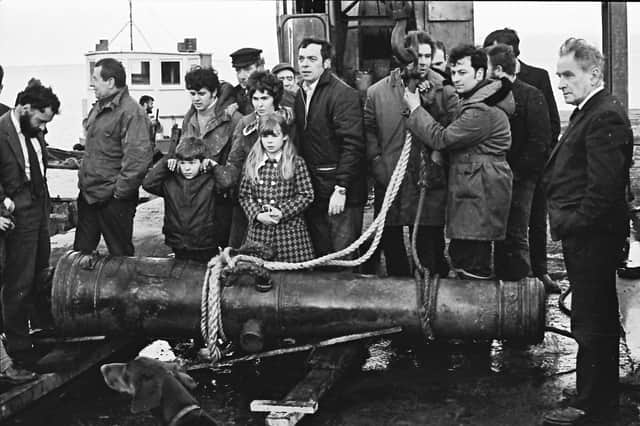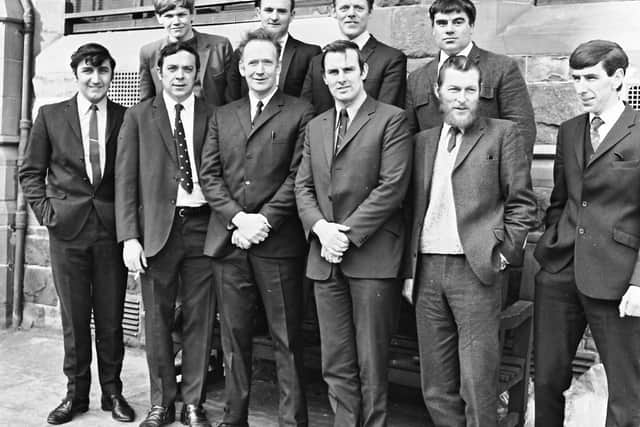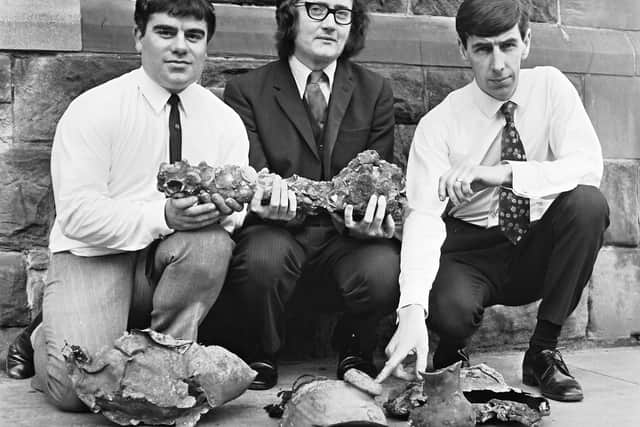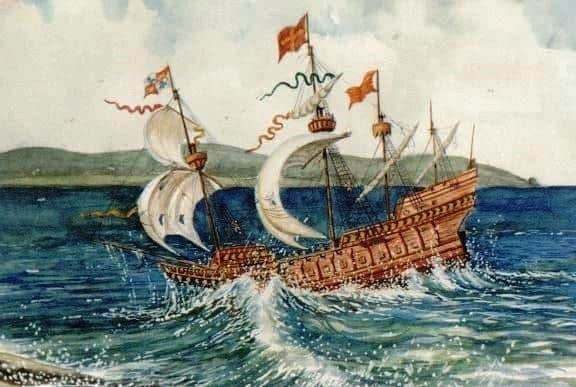1971: when Derry divers discovered a Spanish Armada wreck off Donegal coast


It is fifty years since 13 divers from the City of Derry Sub Aqua Club found the final resting place of La Trinidad Valencera – a Spanish Armada ship wrecked off Kinnagoe Bay in Inishowen in 1588.
They had searched the bay numerous times with no luck but, on February 20 1971, after about 30 minutes diving, they discovered a bronze cannon sticking from the rocks.
Advertisement
Hide AdAdvertisement
Hide AdFrom the start, the divers agreed that the importance of the site was too great to benefit any individual, thus setting in motion a recovery project that was to unveil multiple cannon, incredible artefacts, textiles, instruments and weaponry from the site over the next few years.


La Trinidad Valencera weighed 1,100 tonnes, carried 360 men and was the most heavily armed ship of its time in the Mediterranean with 42 guns on board.
Many of the artefacts recovered can be seen today in the Tower Museum in Derry and in the Ulster Museum in Belfast.
One of the men to take part in the historic February 1971 dive was Billy Murray, then aged in his early twenties.
Advertisement
Hide AdAdvertisement
Hide AdIn an interview with the ‘Derry Journal’ a number of years ago, Billy recalled that the wreck was discovered quite by accident.


He said: “The day we found it, we went down as a regular diving trip but there was torrential rain. I was there, it was a bad day. We decided that, rather than truck all this stuff over to the far end of the beach, we would just dive where the car park was, straight out into the water. It wasn’t actually me that found it; it was one of the other club members, Archie Jack, and another fellow.
“It was an accident.But you can imagine the excitement.Everybody going out to see it. The canons were popping out of the sand. It is always a dream of any sub aqua club to come across treasures or artefacts or ships or whatever you are looking for, but it can be very daunting then. Once we found it, we came back to club meetings straight after.
“You can imagine the excitement, some members weren’t there that day and, when they found out, they were so excited. This was the Spanish Armada.”
Advertisement
Hide AdAdvertisement
Hide AdTo celebrate the 50th anniversary of the discovery, Derry’s Tower Museum is to release new content online including a virtual 360° tour of its exhibition, photographs of the recovery as well as original documents and essays written by the divers at the time.


Due to COVID-19 restrictions, the exhibition, ‘An Armada Shipwreck- La Trinidad Valencera’, has been closed to the public since March 2020.
The virtual tour, digitised in partnership with The Nerve Centre, will allow visitors from anywhere in the world to view what the members of the City of Derry Sub Aqua club discovered half a century ago.
There is also correspondence and photos donated to the museum by the divers, recording the sheer awe and excitement at what they had discovered on the seabed.
○ The new content will be released online on February 20 at www.towermuseumcollections.com